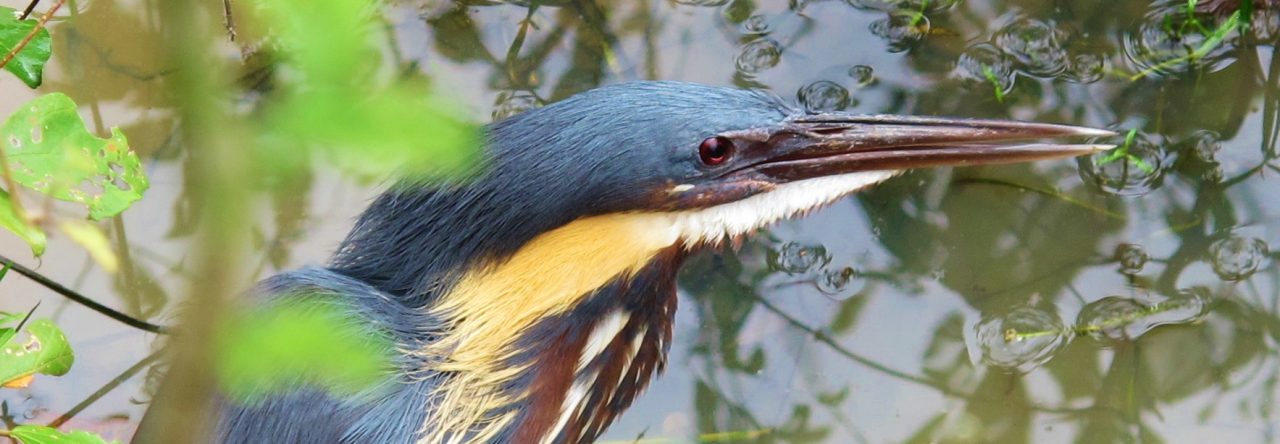
Golden-cheeked Warbler, the Lone Star State’s only endemic breeding bird, returns in early March to the forests of central Texas. With a tiny world range confined to the juniper-oak woodlands north of San Antonio and west of Austin, and being highly attractive and colorful to boot, it is a highly desirable target species for any resident or visiting birder in Texas.
Fortunately, the Golden-cheeked Warbler is easily found – even common – in suitable habitat within its breeding range. However, it is officially classified as “Endangered” due to continuing loss of habitat in Texas, as well as threats to tropical forests on its wintering grounds in Central America.
The first birds arrive back earlier than most wood-warblers, usually in early March (this year the first records were on March 5th). By the time I visited a classic site, Friedrich Wilderness Park, on March 18th, the warblers were back in force. In a relatively small area of the park we (Martin Reid, Sheridan Coffey, Christian Fernandez and I) counted at least 7 singing males. Hearing them is easy, but getting good views is far more difficult, and it took at least an hour before I was able to get photos of a male singing from the top of a tall tree.

With my lifer target safely under the belt, we rounded out the morning touring a number of local birding spots on the hunt for early migrants, with the highlights being American Golden Plover, Pectoral Sandpiper, Lark Sparrow, and best of all several very pale “Krider’s” Red-tailed Hawks:

Lifer: Golden-cheeked Warbler (total 2,156)
USA tick: American Golden Plover (total 319).
